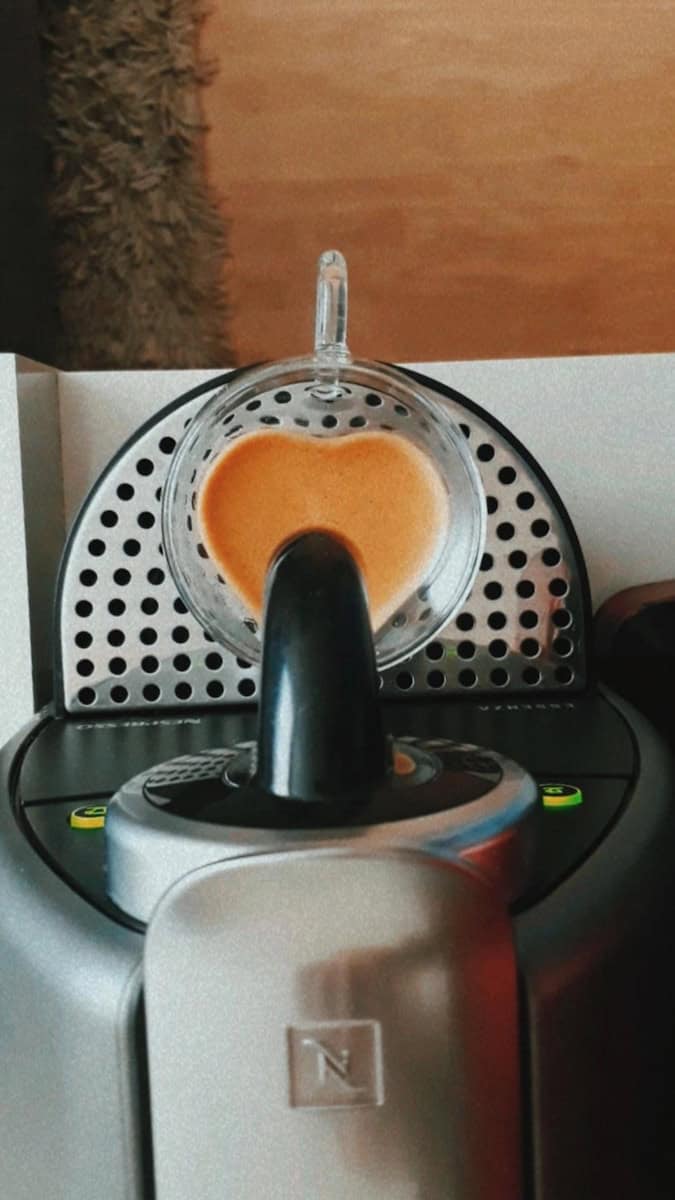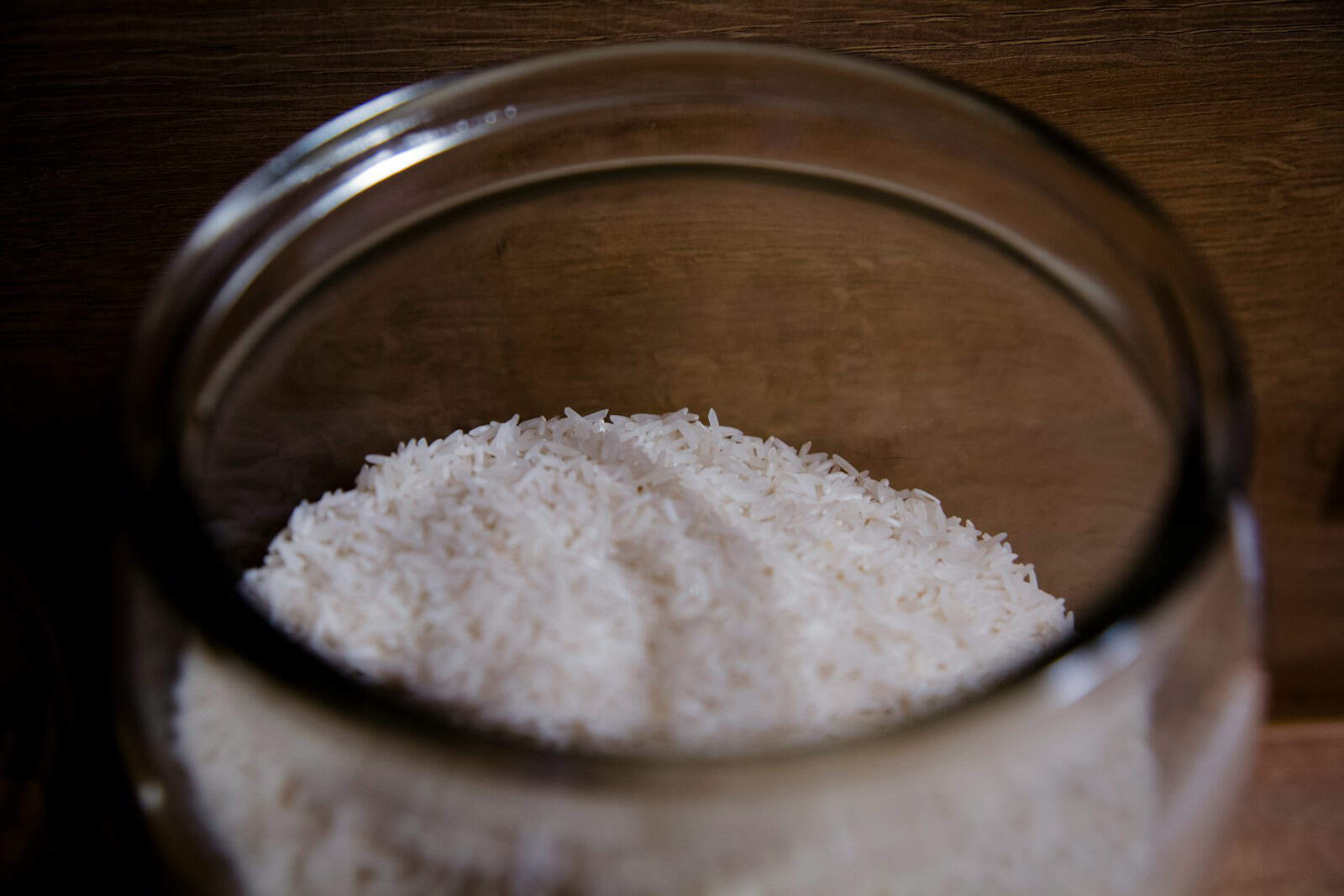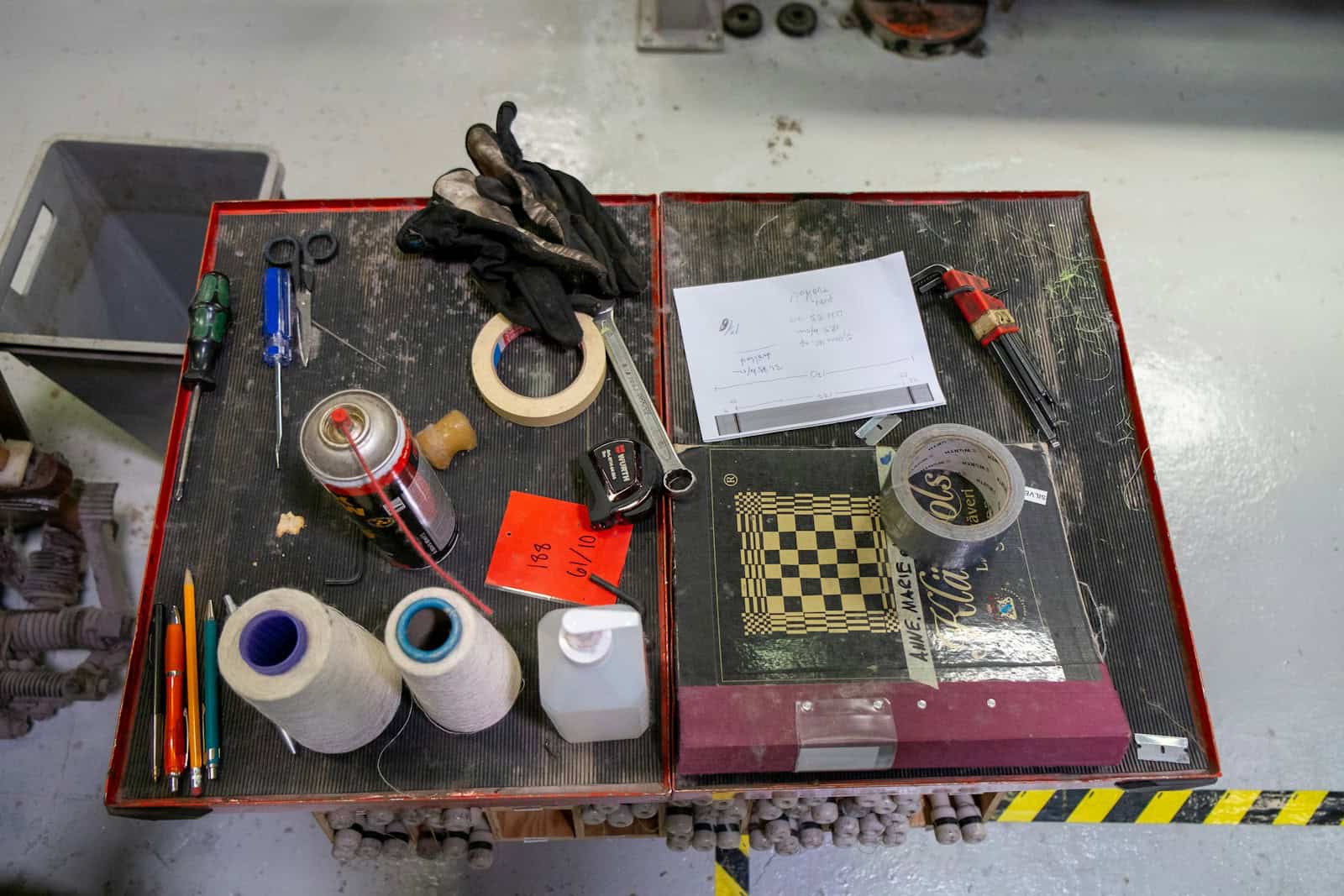A Deep Dive into Ingredient Weighing
The Need for a Technical Approach
Precision isn’t just a goal in high-stakes industries like food manufacturing, pharmaceuticals, and chemical processing. It’s essential. The final product’s consistency, safety, and profitability all depend on accurate formulation.
This process starts with ingredient weighing. Volumetric measurement is fast, but it has serious flaws. Weighing, or gravimetric analysis, gives you a scientifically better way to measure quantities.
Gravimetric measurement doesn’t suffer from the problems that plague volumetric methods. Things like material density, temperature, compaction, and flowability can’t throw it off. It measures mass—a basic property of matter. This ensures you get the same true quantity every time.
Any process engineer, food scientist, or quality manager must deeply understand ingredient weighing. There’s no way around it. It’s the foundation of quality control. This article gives you a complete technical analysis of the principles and technologies that define modern ingredient weighing.
Fundamental Principles: We’ll explore the physics of mass versus weight and the core measurement concepts of accuracy, precision, and resolution.
Weighing Technologies: A detailed breakdown of how strain gauge, electromagnetic force compensation, and other key sensor technologies work, plus their advantages and limitations.
Environmental & Material Factors: An expert guide to spotting and reducing external influences, from vibration and air currents to material properties that hurt accuracy.
Calibration & Process Control: Practical frameworks for calibration, verification, and setting process tolerances to ensure ongoing compliance and quality.

Fundamental Physics of Weighing
To master ingredient weighing, you first need to understand the science behind it. Weighing instruments are sophisticated devices. They convert physical force into a digital value. This conversion follows fundamental physics and measurement science.
Mass vs. Weight
You must understand the difference between mass and weight. Mass is how much matter an object contains. It stays the same no matter where you are. Weight is the force that gravity puts on that mass.
The relationship is: Weight = Mass × Gravity.
Scales measure force, so they technically measure weight. But they’re set up to show mass (like grams or kilograms), which is more useful. This setup assumes gravity has a standard value.
This isn’t just an academic point. Gravity can vary by up to 0.5% across Earth’s surface. Altitude, latitude, and local geology all make a difference. For high-precision work, a scale calibrated in one place won’t be accurate somewhere else. You need to recalibrate it on-site to account for local gravity.
Key Measurement Concepts
People often mix up accuracy, precision, and resolution. But in measurement science, they mean different things. Understanding them is crucial for reading a scale’s specifications correctly.
Accuracy is how close a measurement gets to the true, accepted value. An accurate scale will show a reading very close to the actual mass of a certified test weight, on average.
Precision, also called repeatability, is how consistent multiple measurements are under the same conditions. A precise scale gives very similar readings when you weigh the same object repeatedly.
Resolution, or readability, is the smallest change the scale’s display can show. A lab balance might have 0.0001 g resolution. A floor scale might show 0.1 kg increments.
High resolution doesn’t guarantee accuracy or precision. That’s crucial to understand. A scale can show many decimal places (high resolution) but be poorly calibrated (inaccurate) or affected by environmental noise (imprecise).
The classic target comparison shows this best:
Accurate & Precise: All shots cluster tightly in the target’s center.
Precise but Inaccurate: All shots cluster tightly together, but far from center.
Accurate but Imprecise: Shots scatter widely around the target, but their average position is the center.
Inaccurate & Imprecise: Shots scatter widely and aren’t centered on the target.
For ingredient weighing, you always want both high accuracy and high precision. This ensures every batch is both correct and consistent.
Modern Weighing Technologies
Any weighing system’s performance comes down to its core sensor technology. Different principles convert a load’s force into a measurable signal. Each has its own performance profile, cost, and ideal uses.
The Workhorse: Strain Gauge Load Cells
Strain gauge load cells are the most common technology in industrial weighing. They power most bench scales, floor scales, and large vessel and silo weighing systems.
The principle uses the piezoresistive effect. A precisely machined metal element called the “spring body” bends elastically when you apply a load. Strain gauges—thin, foil-like electrical conductors—are attached to this element.
When the element bends, the strain gauges stretch or compress. This changes their electrical resistance. The resistance change matches the applied force. A Wheatstone bridge circuit converts this tiny resistance change into a measurable voltage signal. The system then digitizes this and displays it as a weight value.
Strain gauge load cells are robust, reliable, and relatively cheap. You can build them to handle huge capacities, from a few kilograms to hundreds of tons.
But they have limits. Temperature changes affect them because heat can change the gauges’ resistance and make the spring body expand or contract. They also have lower resolution and slower response times than more advanced technologies.
High-Precision: EMFC Systems
Electromagnetic Force Compensation (EMFC) technology is the standard for applications that need the highest accuracy and resolution. Think laboratory analysis or pharmaceutical formulation.
EMFC systems work completely differently. They’re closed-loop, null-balance systems. Instead of measuring an element’s deformation, they actively create an opposing force to counteract the load.
When you place mass on the pan, it pushes a lever system down. A position sensor detects this tiny movement and signals a controller. The controller then increases current flowing through a coil attached to the lever. This coil sits within a permanent magnetic field.
This current creates an electromagnetic force that pushes the lever back to its original “null” position. The current needed to perfectly balance the load directly matches the mass on the pan. The system precisely measures this current and converts it into a weight reading.
EMFC systems don’t rely on mechanical bending, so they’re extremely fast and highly repeatable. They can achieve exceptionally high resolution—often into millions of divisions. This makes them perfect for analytical balances, checkweighers, and high-precision industrial dosing.
Other Relevant Technologies
Other sensor types fill important niches, though they’re less common. Tuning-fork sensors, for example, use a different vibration principle.
A pair of quartz or metal tines vibrate at their natural resonant frequency. When you apply a load, it changes the stress on the vibrating system. This changes the resonant frequency. A digital circuit measures the frequency change, which matches the mass.
Tuning-fork sensors respond fast, stay stable, and resist environmental factors well. This makes them a strong choice for certain checkweighing and dynamic weighing applications.
Table 1: Comparative Analysis of Weighing Technologies
Feature | Strain Gauge Load Cell | Electromagnetic Force Compensation (EMFC) | Tuning-Fork Sensor |
Principle | Piezoresistive effect on a deformed mechanical element. | Balancing a load with an electromagnetically generated force. | Change in resonant frequency of a vibrating element. |
Typical Accuracy | 0.02% to 0.1% of capacity | 0.001% to 0.01% of capacity | 0.01% of capacity |
Resolution | Medium (e.g., up to 30,000 divisions) | Very High (e.g., up to millions of divisions) | High |
Response Speed | Moderate | Very Fast | Fast |
Coût | Low to Medium | High | Medium to High |
Best For | General industrial weighing, floor scales, tank weighing. | Laboratory analysis, pharmaceutical formulation, checkweighing. | Checkweighing, dynamic weighing, harsh environments. |
Mitigating External Influences
A high-quality scale is just the first step. In the real world, many environmental and material factors constantly attack weighing accuracy. The true expert can identify, understand, and reduce these influences.
Environmental Factors
The environment where a scale operates can be its biggest enemy. Even tiny changes can cause significant errors, especially with high-resolution balances.
Vibrations are a major source of signal noise. Low-frequency vibrations from heavy machinery, forklifts, or even heavy foot traffic travel through the floor. They make the weight reading fluctuate, making stable measurement impossible.
Temperature changes have two effects. They can directly impact a load cell’s or controller’s electronics, causing signal drift. They also make the scale’s mechanical parts expand and contract physically. This can change its calibration and zero point.
Air currents, or drafts, are especially problematic for high-resolution balances. A gentle draft from an HVAC vent or open door can physically push on the weighing pan. This leads to unstable or wrong readings. The effect gets worse with items that have large surface areas.
In our experience, a common lab error source is the draft from an HVAC vent directly above a balance. We’ve seen this cause persistent, unexplainable drift. Installing a simple draft shield improved repeatability by over 50% for micro-weighing tasks.
Humidity affects electronics, but its bigger impact often relates to static electricity. In dry conditions, static charges build up on weighing vessels (like plastic boats) and powdered materials. These charges create electrostatic attraction or repulsion forces between the item and scale. This leads to significant and unpredictable errors.
Material Handling Challenges
The ingredient’s properties create another set of challenges. This is especially true in automated dosing and dispensing systems.
Material density and flowability are critical. Powders that don’t flow well can cause “bridging” (arching over a hopper outlet) or “rat-holing” (where only material directly above the outlet flows out). This leads to inconsistent and unpredictable dispensing, destroying batch accuracy.
Hygroscopic materials readily absorb moisture from the air. They’re a constant problem. An ingredient like salt or certain starches can continuously gain weight while sitting on the scale during manual weighing. This makes stable and accurate measurement difficult.
Agglomeration, where fine particles clump together, also causes significant issues. This can lead to wrong dispensing in automated systems because a single clump can represent a major overdose. It also makes consistent sampling for manual weighing harder.
Table 2: Troubleshooting Weighing Inaccuracies
Symptom (Problem) | Potential Technical Cause | Mitigation Strategy |
Unstable or Drifting Reading | Air currents; Temperature instability; Vibration. | Use a draft shield; Allow scale to acclimate for 30-60 mins; Use an anti-vibration table or mat. |
Inconsistent Results (Poor Repeatability) | Operator error; Static electricity; Sticky material residue. | Standardize weighing procedure (SOP); Use an anti-static device; Clean weighing vessel and platform meticulously. |
Reading Seems Incorrect (Poor Accuracy) | Out of calibration; Incorrect corner loading; Leveling. | Perform routine calibration/verification; Center the load on the platform; Check and adjust the scale’s level. |
Slow Reading Stabilization | Aggressive digital filtering settings; Vibration. | Adjust the scale’s stability filter settings (consult manual); Isolate the scale from vibration sources. |
Calibration and Verification
A weighing instrument’s accuracy isn’t permanent. It gets worse over time due to wear, environmental changes, and mechanical stress. You need a strong program of calibration, verification, and process control to maintain trust in your measurements and ensure quality.
The ‘Why’ of Calibration
Calibration compares a scale’s output to a known standard—a certified test weight. Then you adjust the instrument to eliminate or minimize any error you find. It’s the only way to formally restore the device’s accuracy.
This process ensures traceability. Traceability is an unbroken chain of comparisons linking your scale’s measurement back to a national or international standard. Examples include those maintained by NIST (National Institute of Standards and Technology) in the US or PTB (Physikalisch-Technische Bundesanstalt) in Germany.
For regulated industries, this traceability is a legal and quality requirement. It provides objective evidence that your measurements are accurate and defensible. Following standards like ISO/IEC 17025, which specifies requirements for calibration laboratories, and NIST Handbook 44 for legal-for-trade applications, is crucial for showing compliance.
Calibration vs. Verification
These two terms aren’t the same. Understanding their difference is key to an effective quality program.
Calibration is an adjustment procedure. A qualified technician should do it periodically (like annually) using a full set of certified weights to test the scale across its entire operating range. If the scale is out of tolerance, they adjust it back into specification.
Verification is a check, not an adjustment. It’s a simple procedure the user does to confirm the scale’s calibration remains valid between formal calibrations. This typically means placing one or two reliable test weights on the scale to ensure it reads within acceptable tolerance. If it fails verification, you must take the scale out of service and recalibrate it.
Daily or weekly verification gives you confidence that nothing has changed and that the instrument works properly.
Defining Process Tolerances
Not every ingredient needs the same level of weighing accuracy. A bulk ingredient like flour might have a wider acceptable tolerance than a critical micro-ingredient like an enzyme or a potent active pharmaceutical ingredient (API).
Process tolerances define the acceptable weight range (like Target ±0.5%) for each ingredient. You should set these based on a scientific assessment of the ingredient’s impact on the final product’s quality, safety, and cost.
When defining these processes, you must also respect the scale’s certified “Minimum Weight.” Below a certain weight, any scale’s relative error becomes too large. You should never use a scale to weigh an amount below its specified minimum weighable quantity if you need a given level of accuracy. A proper calibration procedure determines this value, and it’s critical for compliance in pharmaceutical settings.
Table 3: Sample Calibration and Verification Schedule
Equipment Type | Application Criticality | Internal Verification (User) | External Calibration (Certified) | Action if O.o.T.* |
Analytical Balance (0.1mg) | High (R&D, QC Lab) | Daily (before first use) | Annually | Quarantine & Recalibrate |
Bench Scale (1g) | Medium (Pre-batching) | Weekly | Annually | Quarantine & Recalibrate |
Floor Scale (0.1kg) | Low (Receiving Goods) | Monthly | Biennially | Label for Service |
Checkweigher | High (Final Product) | Hourly or per batch change | Quarterly | Stop line, adjust/recalibrate |
*\Out of Tolerance
Mastering Precision Weighing
Mastering ingredient weighing is a journey. It starts with understanding fundamental physics and leads to implementing rigorous daily procedures. It’s a discipline that combines technology, environmental science, and quality management.
A scale isn’t a simple black box. Its performance directly results from its underlying technology. This might be the robust workhorse of a strain gauge or the high-fidelity engine of an EMFC system. Choosing the right tool is the first step.
However, even the best tool will fail in a hostile environment or with improper handling. True mastery of precision comes from controlling the variables. You need to reduce vibration, shield from drafts, understand material behavior, and respect the instrument’s limits. This is where expertise separates the novice from the professional.
Ultimately, you maintain this technical mastery through a disciplined cycle of calibration and verification. This ensures that the accuracy established on day one continues every day after. It provides the defensible data that supports robust quality assurance.
Technology is the Foundation: Understand the difference between strain gauge and EMFC to select the right tool for the job’s accuracy requirements.
le Environment is Active: Treat vibration, air currents, and temperature not as background noise, but as active forces that must be controlled.
The Process is Paramount: Implement and follow strict, documented procedures for verification, cleaning, and operation.
Calibration is Non-Negotiable: Trust in your measurements is only possible through a traceable, routine calibration and verification program.
By embracing this deep technical approach, you transform ingredient weighing from a simple task into a strategic advantage. This leads directly to superior products, improved efficiency, and unshakeable confidence in your quality.









